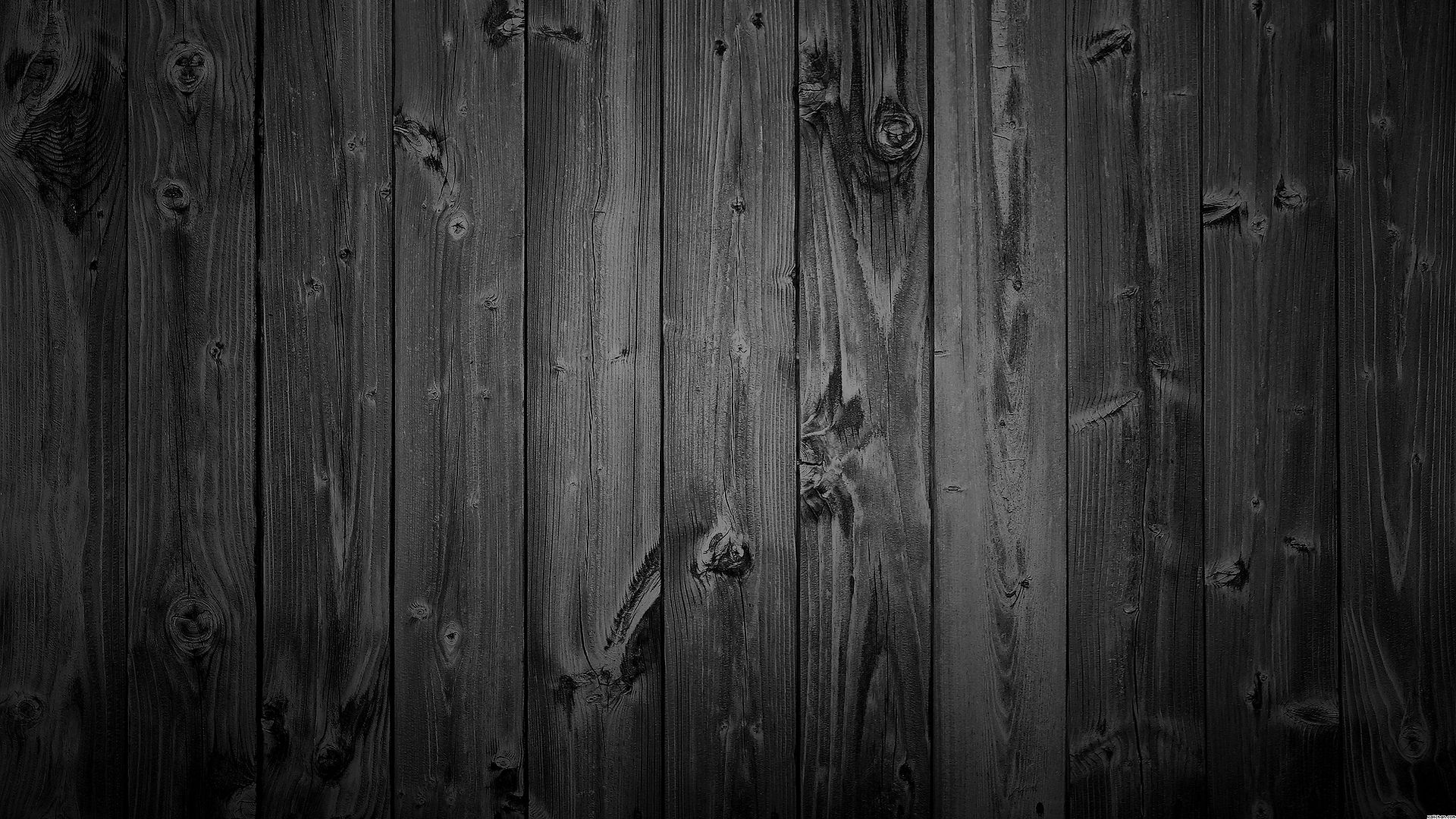Skunks on the Move
- Total Wildlife Solutions

- Mar 20, 2014
- 2 min read
Have you been getting a whiff of skunks recently? Well, there are good reasons for that. Skunks are on the move right now, males are looking for mates and females will soon be looking for den sites. Skunks are not true hibernators in the winter, but do den up for extended periods of time. However, they remain generally inactive and feed rarely, going through a dormant stage. Skunks are generally solitary animals when not breeding. During the day, they shelter in burrows which they can dig with their powerful front claws. Under porches or sheds and in abandoned buildings can be good den sites on your property. Males and females occupy overlapping home ranges through the greater part of the year, typically 2 to 4 km2 (0.77 to 1.54 sq mi) for females and up to 20 km2 (7.7 sq mi) for males. Skunks mate in early spring and are polygynous, meaning that successful males mate with more than one female. Before giving birth (usually in May), the female excavates a den to house her litter of four to seven kits. They are placental, with a gestation period of about 66 days. When born, skunk kits are blind, deaf, and covered in a soft layer of fur. About three weeks after birth, their eyes open. The kits are weaned about two months after birth, but generally stay with their mother until they are ready to mate, at about one year of age. The mother is protective of her kits, spraying at any sign of danger. One skunk in your yard now, could mean a family of skunks before summer. Let us help you with your skunks.




































Comments